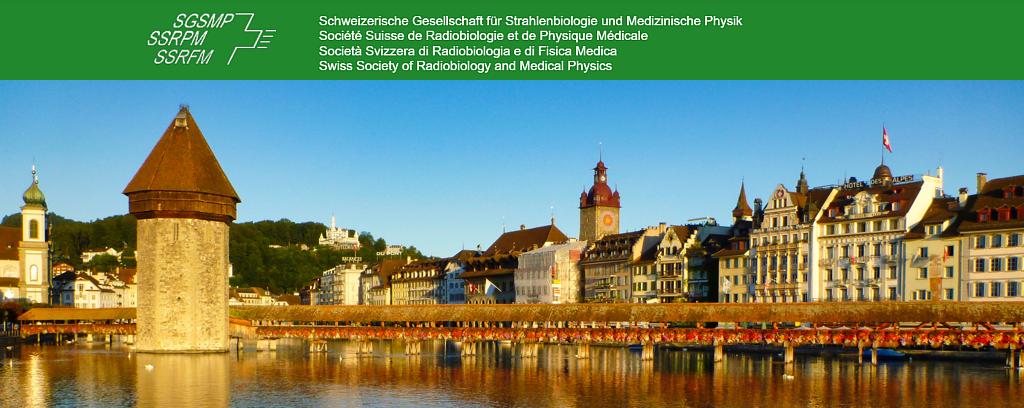Speaker
Description
Purpose: Non-isocentric dynamic trajectory radiotherapy (DTRT) is enabled through dynamic table translations in synchrony with intensity modulation and dynamic gantry, table and/or collimator rotation. Non-isocentric DTRT was shown to improve delivery time for craniospinal irradiation (CSI) compared to multi-isocentric intensity modulated radiotherapy (IMRT) by moving the table longitudinally during beam-on. However, a manual plan setup for non-isocentric DTRT is time-consuming and challenging, due to the multiple dynamic axes. We aim to develop a pathfinding strategy for non-isocentric DTRT based on a direct aperture optimization (DAO) for a CSI case.
Methods: The DAO-based pathfinding considers all available beam directions, given by a gantry angle and longitudinal table position grid with 10° and 8 cm resolution, respectively. Promising beam directions are iteratively added until a user-chosen total path-length is reached, resulting in a gantry-table path. In each iteration, the available beam directions are restricted such that every direction can only be added once and no reverse motion of gantry or table is allowed. DAO determining the intensity modulation along the generated gantry-table path, resampled to a spacing of 5° (gantry) and 2 cm (table), generates final plans.
Two non-isocentric DTRT plans are created and compared for one CSI case: one with a manual path setup and one with the DAO-based pathfinding strategy. The manual path setup consists of a longitudinal table translation along the spinal cord, a gantry rotation around the head and a longitudinal table translation back along the spinal cord.
Results: DAO-based pathfinding generates a similar path to the manual setup with maximum deviation of 40° in gantry angle from the manual path. Target coverage and homogeneity are similar in both plans with equivalent dose to organs-at-risk. The estimated delivery times are 2.8 min (DAO-based pathfinding) and 2.9 min (manual path setup).
Conclusion: We successfully developed a DAO-based dosimetrically motivated pathfinding strategy applied to a CSI case, promising a more automated treatment planning process for non-isocentric DTRT.
Disclosures: Supported by grant 200021_185366 of the SNSF and Varian Medical Systems.

